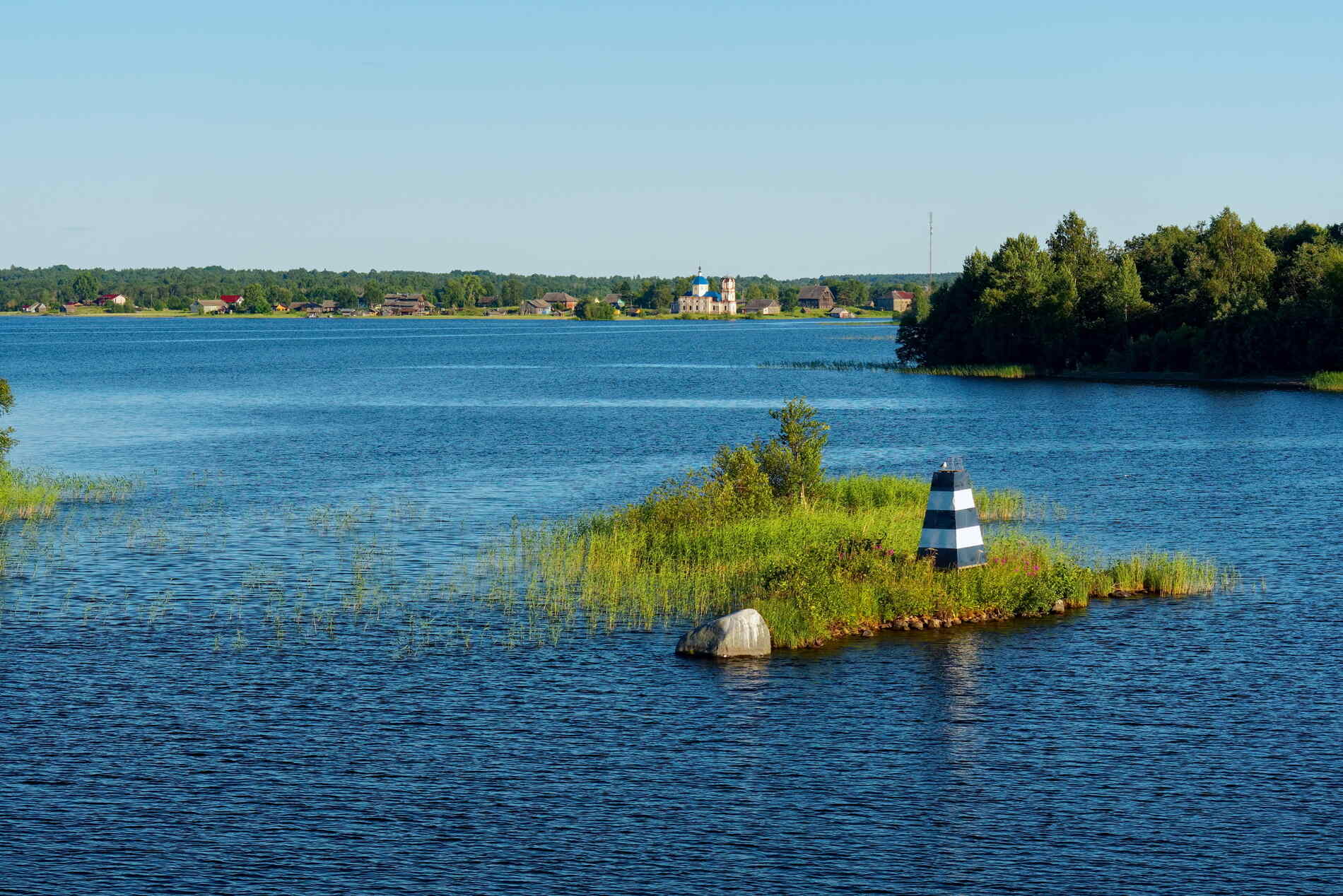
Lake Onega, located in the North-Western part of Russia, is a captivating natural wonder that has fascinated researchers, explorers, and tourists alike for centuries. Spanning an impressive area of 9,894 square kilometers and with a maximum depth of 120 meters, Lake Onega is the second-largest lake in Europe. Its crystal-clear waters, surrounded by picturesque landscapes and dotted with numerous islands, make it a sight to behold.
But beyond its stunning beauty, Lake Onega also holds a treasure trove of intriguing facts that add to its allure. From its rich historical significance to its unique ecological features, there is no shortage of fascinating details about this remarkable body of water.
In this article, we will delve into ten intriguing facts about Lake Onega, uncovering the mysteries and wonders that lie beneath its tranquil surface.
Key Takeaways:
- Lake Onega: A Natural Wonder
Discover the second-largest lake in Europe, home to ancient petroglyphs, abundant wildlife, and the iconic Kizhi Island. Explore its rich history and UNESCO World Heritage Sites. - Mysteries of Lake Onega
Uncover the enigmatic sinking stones and 1,600 islands of Lake Onega. Delve into its vital role in transportation and its significance as a source of fresh water and natural resources.
The second-largest lake in Europe
Lake Onega, located in Northwestern Russia, is the second-largest lake in Europe, covering an area of approximately 9,700 square kilometers.
An ancient body of water
With an estimated age of over 9,000 years, Lake Onega is considered one of the oldest lakes in the world, formed during the last glacial period.
Home to more than 1,600 islands
Lake Onega is famous for its picturesque archipelago, hosting over 1,600 islands of various sizes, making it a popular destination for boating and island hopping.
The fascinating Petroglyphs of Lake Onega
Along the shores of Lake Onega, you can find ancient petroglyphs dating back thousands of years. These rock carvings provide a glimpse into the region’s rich history and cultural heritage.
Abundant wildlife
Lake Onega is home to a diverse range of wildlife species, including several rare and protected species. Birdwatchers will be delighted by the various migratory birds that visit the lake.
The stunning Kizhi Island
One of the most famous islands on Lake Onega is Kizhi Island, renowned for its open-air museum featuring traditional wooden architecture. The centerpiece of the island is the iconic Transfiguration Church, constructed without a single nail.
Rich in natural resources
Lake Onega holds significant reserves of fresh water, making it an essential source for drinking water and irrigation in the surrounding areas. The lake also supports a thriving fishing industry.
Connecting rivers and canals
Lake Onega serves as a vital link between various rivers and canals, playing a crucial role in the transportation system of Northwestern Russia.
A UNESCO World Heritage Site
In recognition of its cultural and natural importance, the Petroglyphs of Lake Onega and the Kizhi Pogost on Kizhi Island have been designated as UNESCO World Heritage Sites.
The mysterious sinking stones of Lake Onega
Lake Onega is known for a peculiar natural phenomenon where stones embedded in the lake’s bottom sometimes sink, creating an enigmatic sight for divers.
Conclusion
In conclusion, Lake Onega is a captivating natural wonder that is filled with intriguing facts. Its vast size, rich history, unique islands, and diverse wildlife make it a destination worth exploring. Whether you are interested in its ancient rock carvings, the fascinating tale of the gigantic Vytegra Metallurgical Plant barge, or the haunting beauty of Kizhi Island, Lake Onega has something to offer every curious traveler. So, if you ever find yourself yearning for an adventure that combines natural beauty, cultural heritage, and hidden mysteries, make sure to put Lake Onega on your bucket list.
FAQs
Q: What is the size of Lake Onega?
A: Lake Onega is the second largest lake in Europe, covering an area of approximately 9,891 square kilometers.
Q: Are there any islands in Lake Onega?
A: Yes, Lake Onega is home to more than 1,650 islands, including the famous Kizhi Island which is known for its wooden architecture and open-air museum.
Q: Can I visit the ancient rock carvings near Lake Onega?
A: Yes, the rock carvings of Lake Onega, known as the Petroglyphs of Lake Onega, can be visited. They are recognized as a UNESCO World Heritage Site and provide a glimpse into prehistoric art and culture.
Q: What is the significance of the Vytegra Metallurgical Plant barge?
A: The Vytegra Metallurgical Plant barge holds a fascinating history as a floating factory during World War II. It symbolizes the resilience and resourcefulness of the Soviet Union during the challenging times of the war.
Q: What is the best time to visit Lake Onega?
A: The best time to visit Lake Onega is during the summer months of June to August, when the weather is pleasant, and the natural beauty of the lake is at its peak.
Lake Onega's wonders extend beyond its shores. Petrozavodsk, a city steeped in history and culture, awaits exploration. Kizhi Island, an open-air museum showcasing traditional Russian wooden architecture, beckons visitors to step back in time. Unravel the secrets of these captivating destinations and immerse yourself in the rich tapestry of the region.
Was this page helpful?
Our commitment to delivering trustworthy and engaging content is at the heart of what we do. Each fact on our site is contributed by real users like you, bringing a wealth of diverse insights and information. To ensure the highest standards of accuracy and reliability, our dedicated editors meticulously review each submission. This process guarantees that the facts we share are not only fascinating but also credible. Trust in our commitment to quality and authenticity as you explore and learn with us.
